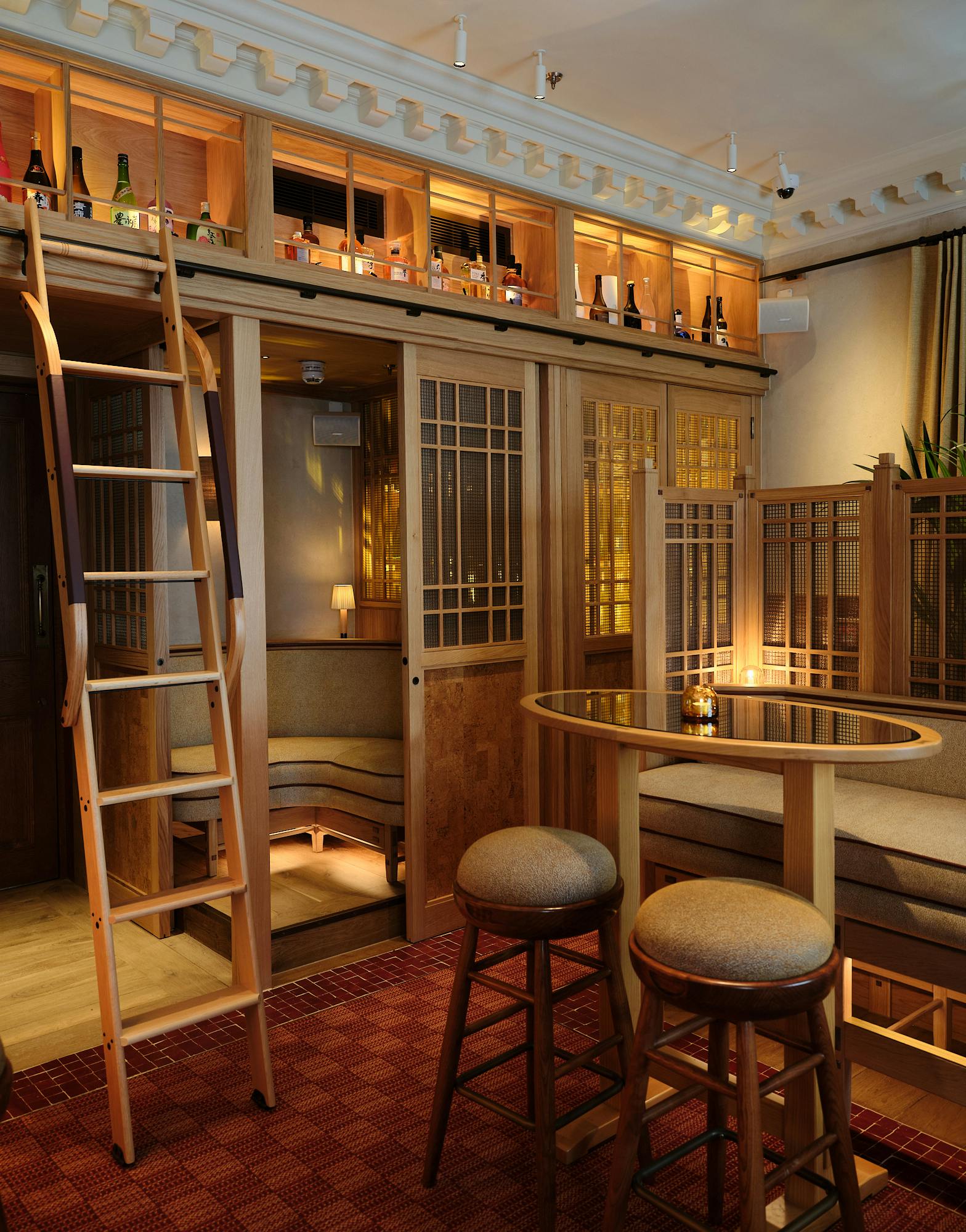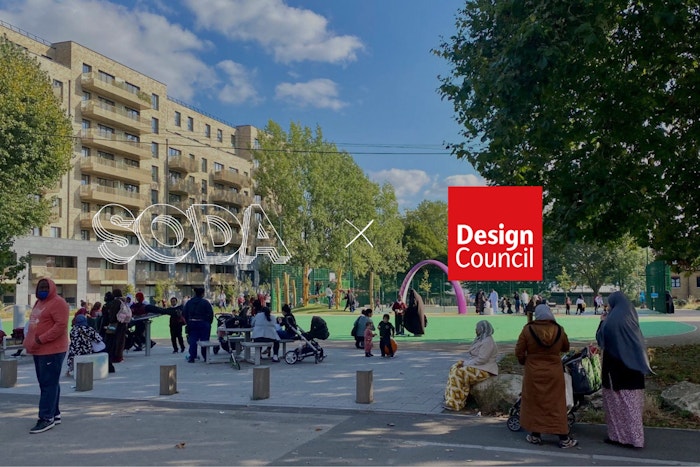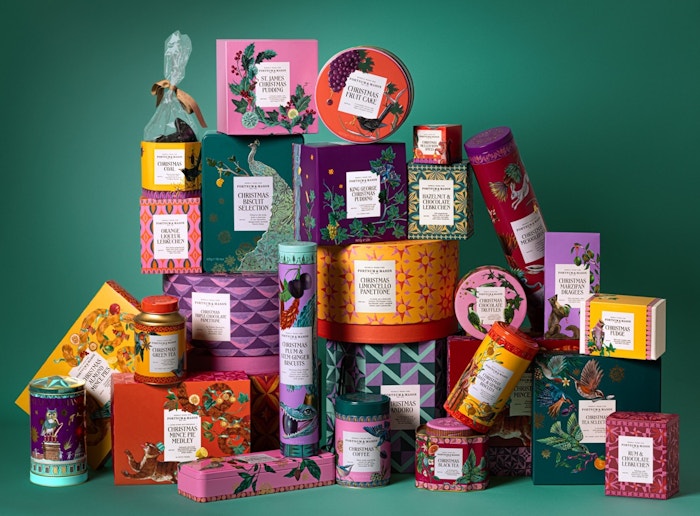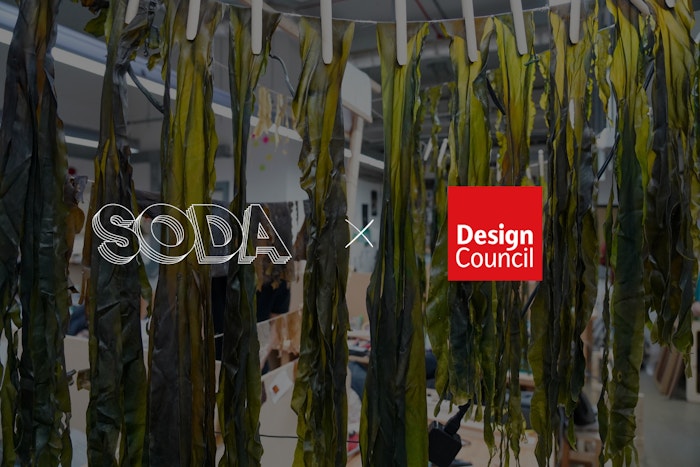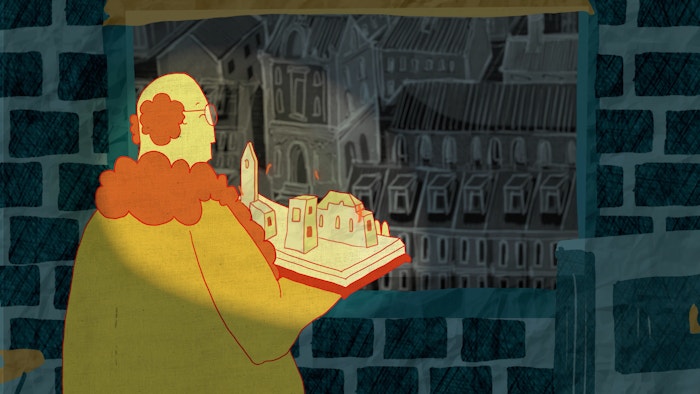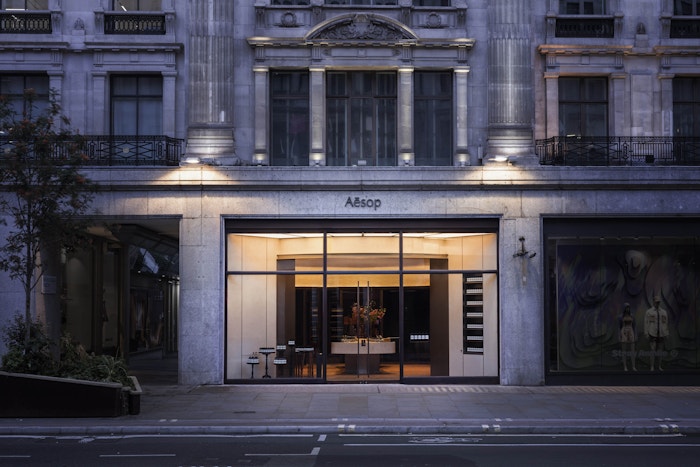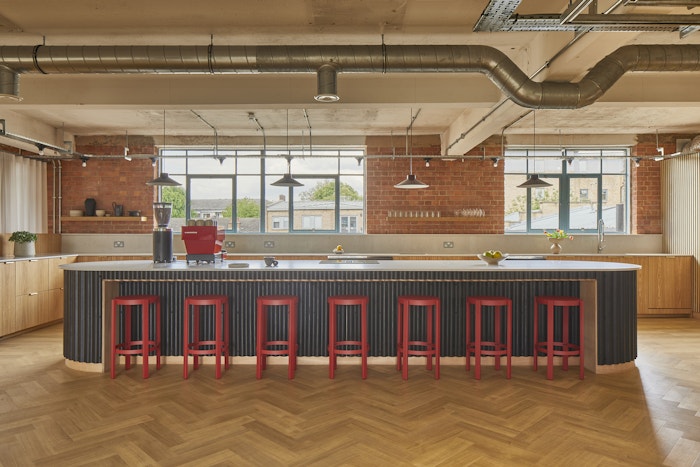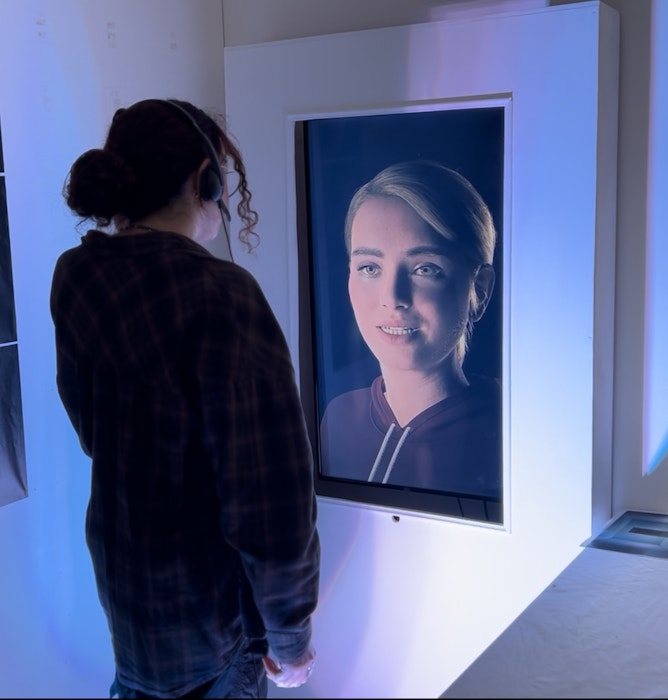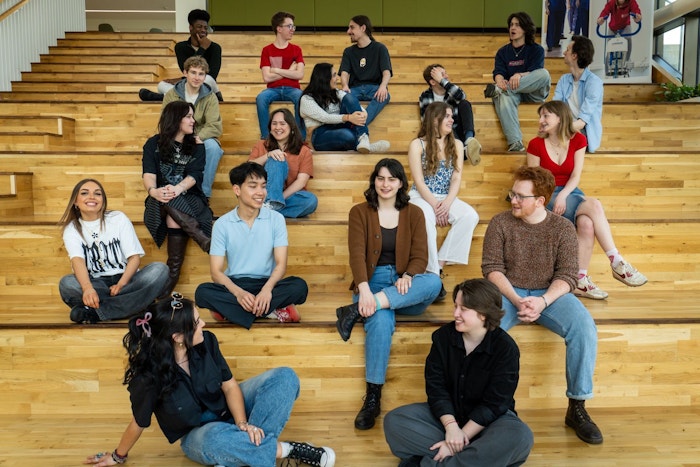
25 Sep 2017
Steven Learner
The Collective Design Fair showcases the very best 20th and 21st century design from both established and emerging galleries in New York. We talked to its founder, the architect and interior designer Steven Learner, to find out what makes the fair so unique and discover more about his insights into the design industry.
What was your thinking behind setting up Collective design?
As an interior designer I found myself travelling to London, Paris and Miami in order to see great 20th and 21st century design at various fairs, and coming back to New York and realising that we didn’t have a good platform for it here. We’re one of the design capitals of the world and it seemed tragic that what we had was more like 19th-century feeling art-antique shows. All the same format, all brown furniture. So what I saw was a gap in the marketplace and a missing platform for this type of design. My friends who own galleries were trying to shoehorn themselves into these antique fairs. You’d see exquisite pieces by designers like Christophe Côme being shown next to Tiffany lamps, and it hurt my eyes. Other galleries were spending a large amount of money on showing in places like Basel, where they couldn’t even show their whole collection. Collective Design allows local design galleries to show their collections reasonably and gives New York's great community of architects, designers, collectors and curators access to amazing 20th and 21st century design.

Sabine Marcelis & Brit Van Nerven @ Etage Projects
What makes Collective Design Distinctive from other fairs?
The thing that continues to be the main differentiator about Collective Design is that it has a wide following among the design community. A lot of the fairs around the world have evolved into luxury shopping focused on the seduction and elevation of the collector. We attract thousands of architects and designers as well who are there to build relationships with galleries as well as buy for clients and projects. The curators, collectors, architects, designers and editors are all coming so it has a different energy and following to other fairs. It's also a very collaborative environment, even on the selling floor. At Collective there is always a sense of discovery. The wide selection of people showing means you’re going to see something you’ve never seen before, even for those who are widely versed in design.
How does your experience as an architect and interior designer influence the way you plan and design the fair?
I’m not a fair operator, I’m not trying to fill a week in a schedule. I’m trying to offer a new experience. A group of us thought about what collectors would want to experience and feel like at a fair, and also how to make it attractive to both young and established galleries. We designed the experience from 360 degrees. Every booth comes with lighting, power and wifi. It’s a package with no hidden extras like some other fairs have. It’s not a ‘booth and aisle’ style layout, it’s much more open plan.
'The basic tenants of interior design have stayed the same for millennia and the main one is that people want their home to be a nest, a place of respite'
What trends in the industry have you seen as a result of running Collective Design?
We see lots of trends each year, particularly with materials. A couple of years ago weaving, tapestry and heavily textured pieces seemed to be a trend and we had one exhibitor weaving products on site. It’s also been interesting to see how the trend for using concrete has evolved. We used to always see student projects with expensive concrete chairs but now designers have figured out light-weight concrete and how to make the forms mobile, useful and comfortable. Within the gallery community we’ve seen changes too. Many vintage galleries are increasingly taking on contemporary designers and it’s very interesting to see the juxtaposition of styles and pieces. We’re also seeing a huge trend in interior design towards eclecticism. For example, you’re seeing less apartments decorated in a uniform style and much more mixing of styles and pieces. The selection of galleries that we bring together speaks to this kind of approach and aesthetic.

Wendell Castle @ Converso
In what ways have you seen technology influence the way designers are working and what they are producing?
If you look back historically, furniture design, and design in general, has always been tied hand-in-hand with technology. 3D-printing is being talked about a lot in the industry at the moment, but I don’t think it’s going to have a straight-forward, linear impact. I don’t think all of a sudden we’re going to be 3D-printing all the objects in our home that we then recycle to make new ones from. When I talk to designers who have the latest technology available to them, they’re often designing on computer and then crafting prototypes and products by hand, not 3D-printing them. Or vice versa. I know designers who make a prototype by hand first, and then 3D-print it. So it’s just becoming another tool available to designers and the variety of ways they’re choosing to use, or not use it, is fascinating.
A furniture-maker working in wood these days is certainly doing it in a different way to people would have done it 50 years ago. For example, they may design something using 3D software and make it by hand. I don’t think there are many designers going back to a Shaker-like mentality and rejecting technology altogether, people are just handcrafting in a different way. Even the things that are handcrafted, artisanal or bespoke are often still integrating technology on some level. But there certainly is a craft movement, which for the most part I think is a very honest movement, and is in many ways being taken up by young designers. But at times I think it can be misapplied by large brands using it is a kind of currency to feel relevant, which isn’t always authentic.
'When I talk to designers who have the latest technology available to them, they’re often designing on computer and then crafting prototypes and products by hand, not 3D printing them, or vice versa'
Have you seen technology influence the way are homes and products are designed?
The basic tenants of interior design have stayed the same for millennia and the main one is that people want their home to be a place of respite. How you define that is very personal and it has changed with the development of technology. But I still believe that people want their home to be a nest and so there is generally a sense of calm and respite in your home, however you define it. I think technology is bringing an important aspect into our sense of home and how we use our homes, but most people can’t fully operate their remote control for their TV! I think it’s gotten too complicated. We just need an on/off button on a lot of things. 'Form follows function’ is still relevant.
Collective Design bridges art and design. What do you feel is the relationship between art and design?
Art collectors are certainly design collectors and people who are interested in collectable design understand the value of a chair you can’t sit in. Historically we haven’t shown art in the show because we wanted to give design its own platform, but this year we incorporated art into the show in a new way because we recognised that people live with both art and design in combination. The synergies visually, spatially and conceptually that you can create are very compelling, so we try not to be overly prescriptive. There is great crossover and more and more people are seeing that. Just think of the 2015 Turner art prize winner, Assemble, the first architecture studio ever to win.

Jim Campbell @ Bryce Wolkowitz Gallery
Finally, what have you learnt about the design industry that could be useful to people started out on careers in design?
People are so visually and design literate these days that on some levels it's changing how design needs to be taught and learned. When I went to grad school to study architecture I thought I was going to be a vessel and they were just going to pour all the information into me and what I found was that they weren’t teaching me a damn thing, they just had amazing resources that I could access myself. So I think it’s about learning how to trust your instincts. Oh, and also learn how to draw!
- Steven was interviewed by Tim Duncan & Samuel John Weeks
- Edited by Alex Mills
- www.stevenlearnerstudio.com -
- www.collectivedesignfair.com - Explore the annual design fair here ...
